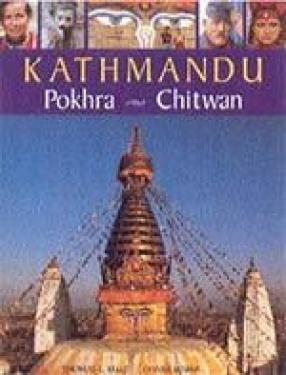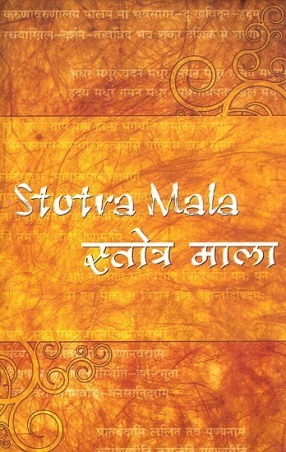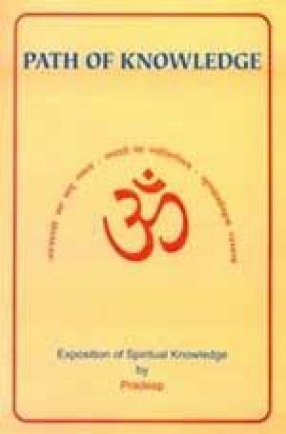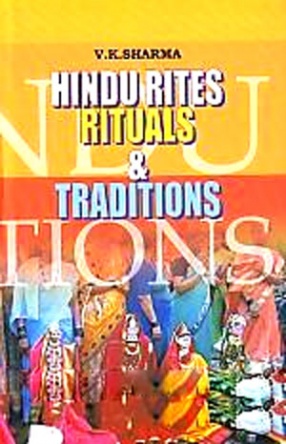The Kathmandu Valley is fertile, flat and compact. Situated at an altitude of 1,200 to 1,500 m (between 4,000 to 5,000 ft), the valley is also small, with an area of only 570 sq km (220 sq miles). Yet in spite of its small size, there are a record seven World Heritage sites declared by UNESCO-a number unrivalled anywhere else in the world for such a small compact area. These seven architectural and civic wonders are monuments to Nepal’s past prosperity, artistry and religiosity which make the valley a living museum. Kathmandu Durbar Square Also called Hanuman Dhoka (the Gates of Hanuman, the monkey god), Kathmandu Durbar Square is divided into two principal chowks (courtyards). The outer one is renowned for the Kumari Ghar (House of the ‘Living Goddess’), Kasthamandap (the Wooden Pavilion), Narayan Mandir, the stone statue of Garuda (mythical bird said to be the vehicle of Lord Vishnu) and the Shiva-Parvati Temple. The inner chowk is the Hanuman Dhoka and its Old Royal Palace, the durbar complex. The principal chowk-within-chowks is Nasal Chowk, the seat of important national ceremonies, including coronations. Thee are many temples in the Durbar Square area, the most notable being the Taleju Temple, dedicated to the royal patron goddess Taleju Bhawani, a south Indian deity imported by the Mallas in the 14th century. This ultrasacrosanct temple is opened only once a year, on the ninth day of Dasain, that too only for the Nepalese, and only the King and certain priests can enter the inner sanctum.
Kathmandu Pokhra Chitwan
In stock
Free & Quick Delivery Worldwide
reviews
Bibliographic information
Title
Kathmandu Pokhra Chitwan
Author
Edition
1st ed.
Publisher
ISBN
8174360875
Length
80p., 21cm.
Subjects





There are no reviews yet.